A Peopled PlaceThe place we now call Acadia National Park has been peopled for more than 12,000 years. The stories of this place are weaved throughout the land and sea. They start in the past and thread through today into tomorrow. Explore the many stories of the living cultures within and around the living landscape that is Acadia National Park. 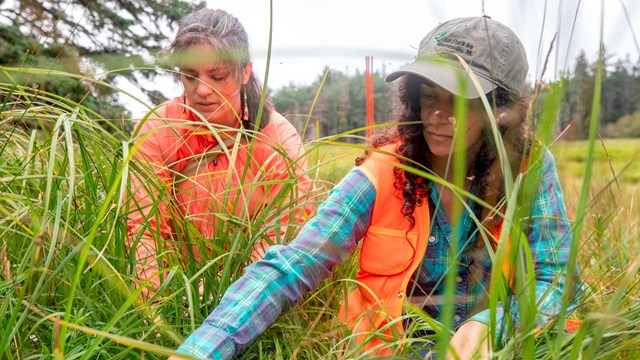
Wabanaki Nations
Learn more about the heritage, culture, and continuing presence of tribes known collectively as Wabanaki or "People of the Dawnland" 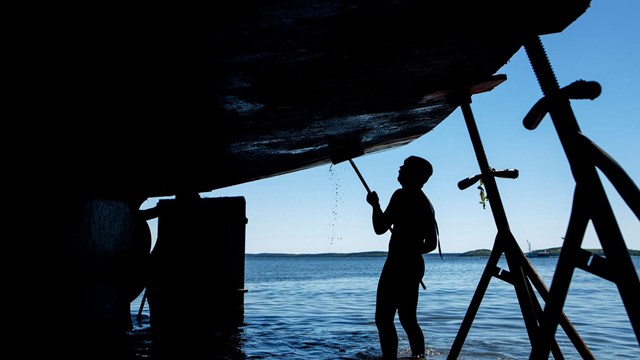
Working Waters & Waterfronts
Life in coastal maine is no lobster bake. Learn about the heritage of the many people who live and have lived near these giving waters. 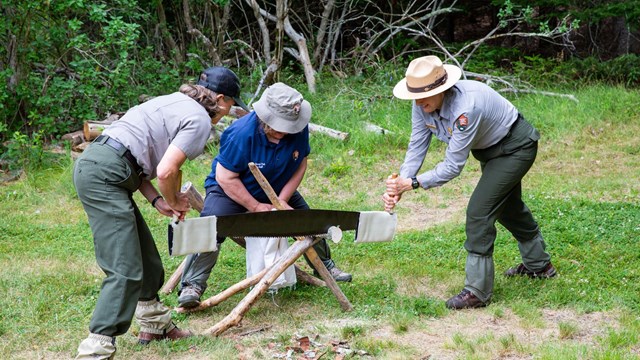
Working Woodlands, Farms & Quarries
The traditions of working the land runs throughout this living landscape. Learn more about how people worked the land yesterday and today. 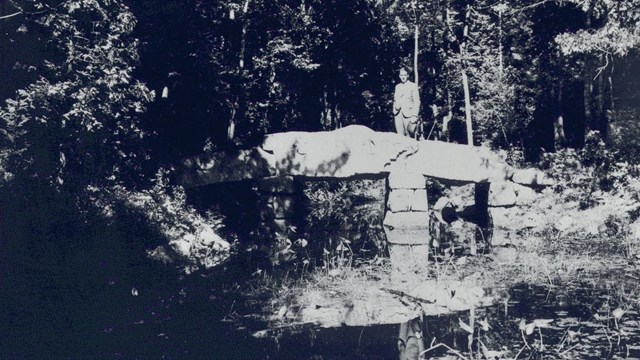
Craftsmanship & Design
Learn about the skilled laborers and designers who channeled generations of knowledge into Acadia's exemplary trails, roads, and structures. 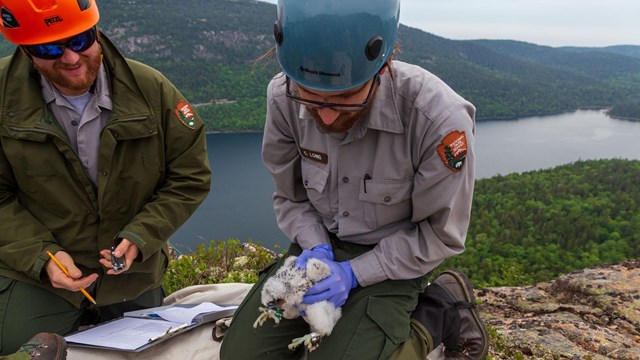
Where Science Makes History
The science that takes place in Acadia today is tied to an incredible legacy of generations of scientific study and ways of knowing. 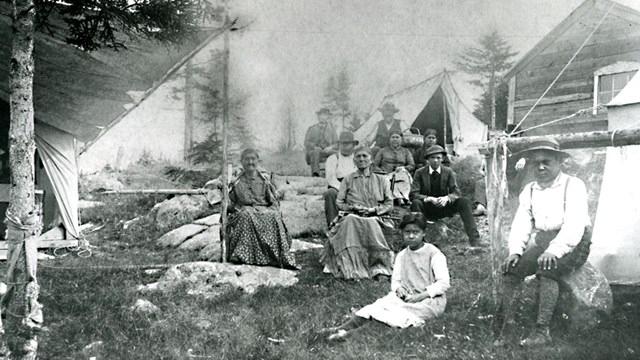
The Untold Stories
The historical events, forces, and institutions of racism, sexism, and inequality that thread through Acadia's past and present. Becoming Acadia National ParkThis place has been known by many names through time; sometimes multiple different names at the same time. Pemetic. Mount Desert. Schoodic. Sieur de Monts. Lafayette. Acadia. Dawnland. Homeland. 
Colonization & Settlement
Learn about European Colonization starting in the 1600s to the homesteading settlers on Mount Desert Island as early as 1760. 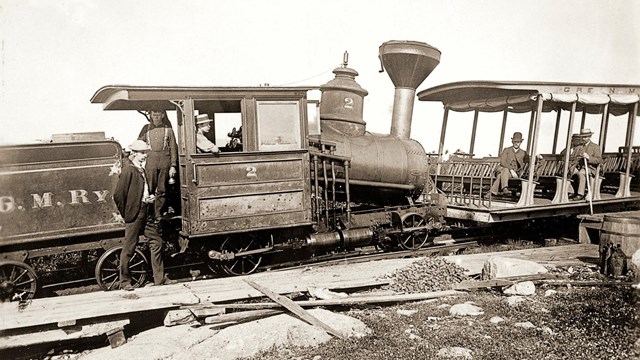
Rusticators & Early Tourism
Art brought tourism and starting in the late 1800s, wealthy "rusticators" arrived by steamboats and yachts to Mount Desert Island. 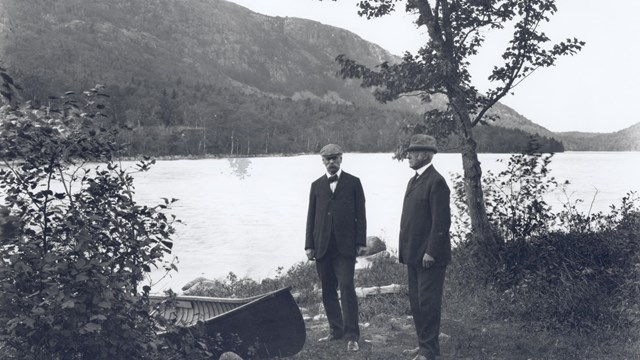
Founding Acadia
Philanthropists, conservationists, and landowners all played a part in the founding of Acadia. PeopleFor thousands of years, people have lived, created, explored, worked, studied, and vacationed at the land we now know as Acadia National Park. Meet some of the fascinating individuals whose lives and contributions have shaped this place. You can also explore how these individual contributions have come together into a collective cultural heritage of Acadia.
Wabanaki Nations
Learn more about the heritage, culture, and continuing presence of tribes known collectively as Wabanaki or "People of the Dawnland" 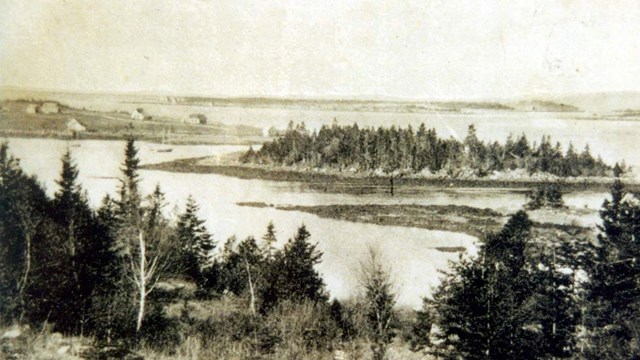
African Americans
Meet the African Americans who influenced Acadia National Park and the surrounding communities. 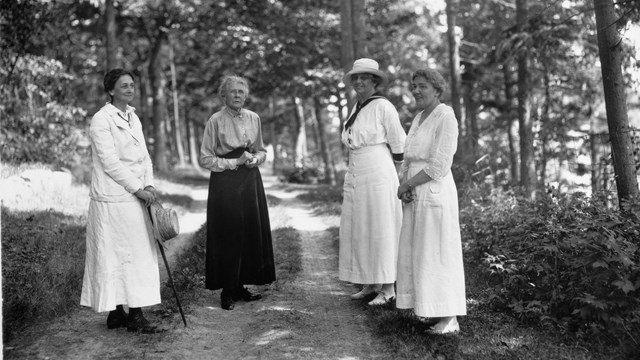
Women
Numerous women played significant roles in stewardship, philanthropy, and scientific research at Acadia. 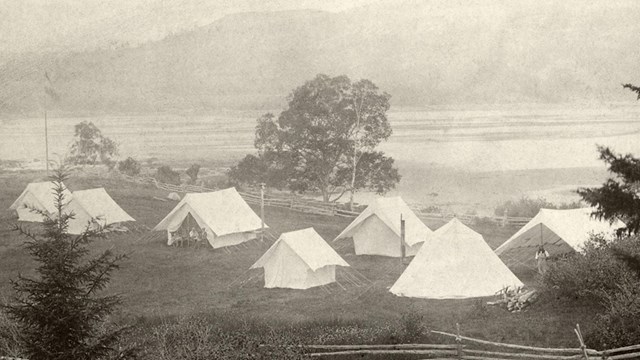
The Champlain Society
Learn about the group of Harvard University students whose summers of science helped lead to the founding of Acadia National Park. 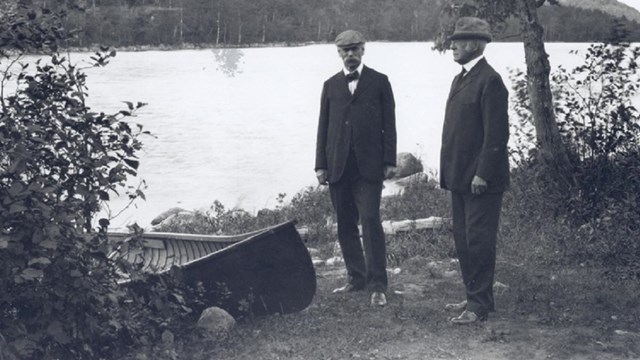
Hancock County Trustees
The Hancock County Trustees of Public Reservations incorporated in 1901, forming a land trust that would eventually lead to a national park. 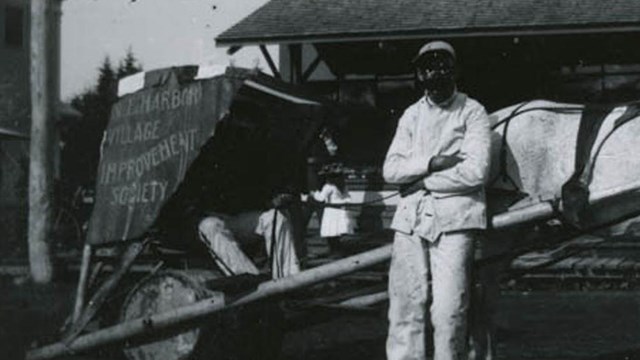
Village Improvement Associations
Meet the men and women who formed Village Improvement Associations to shape the future of their communities and Acadia National Park. 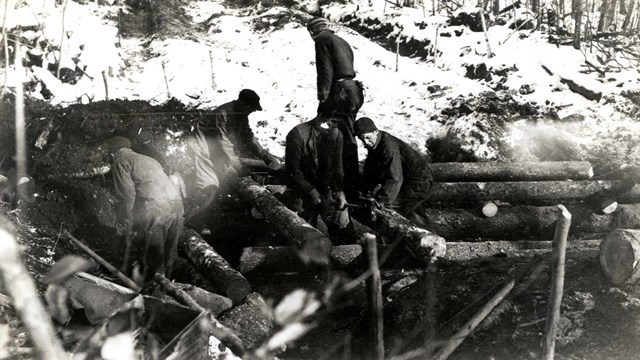
Civilian Conservation Corps - 1933-1942
During the nine years the CCC was stationed here, they completed hundreds of projects including forestry work and campground construction. 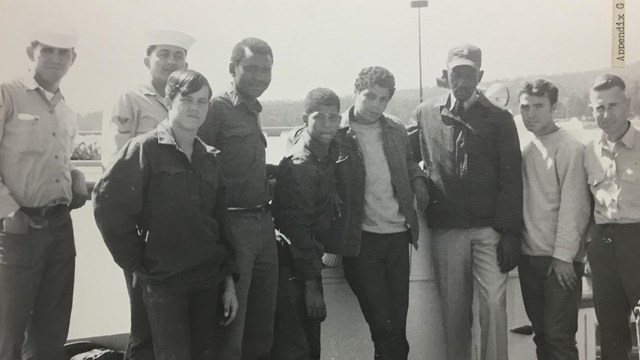
Job Corps - 1965-1969
Acadia's Job Corps Center provided job training to men from white, African American, and other communities of color from 1965-1969. 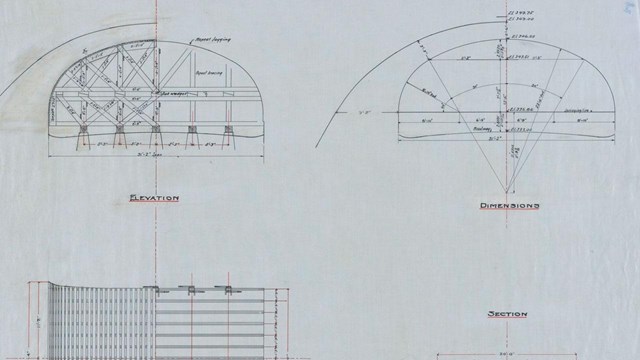
Skilled Local Workers
Learn about local laborers who channeled generations of granite & timber working knowledge into making Acadia's iconic landmarks. PlacesSome of these places are vast structures or infrastructures listed on the National Register of Historic Places. Some are small monuments to small moments in time. Visit some of the historic places that reflect Acadia's history.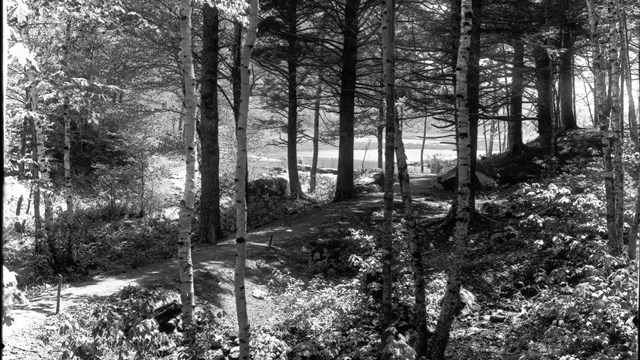
Historic Trails
Mount Desert Island’s present-day trail system evolved over centuries of human use and settlement of the land. 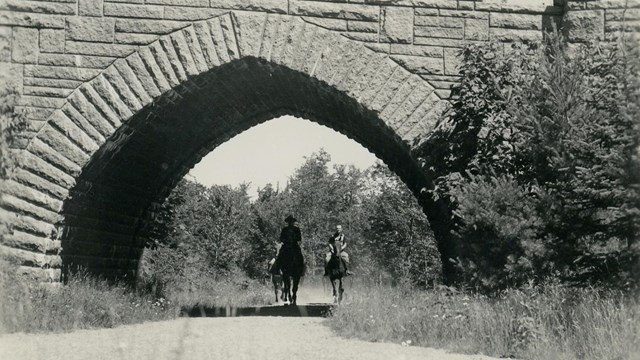
Carriage Roads & Gatehouses - 1913-1940
Learn the history behind the design, planning, and construction of the famous carriage road system. 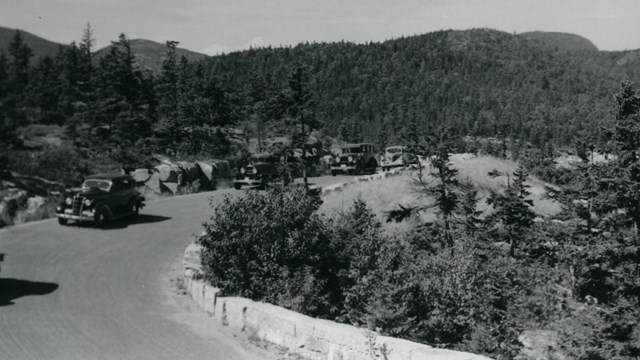
Motor Roads - 1922-1958
Acadia’s motor road system involved engineers, landscape architects, conservationists, local skilled laborers, the federal agencies. 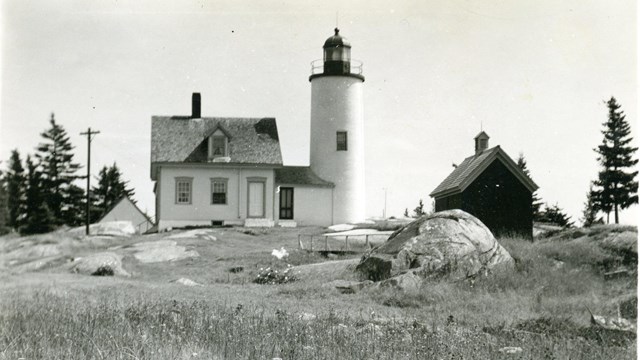
Lighthouses
Lighthouses play an important role in understanding the nautical history of Mount Desert Island and along Maine's coastline. 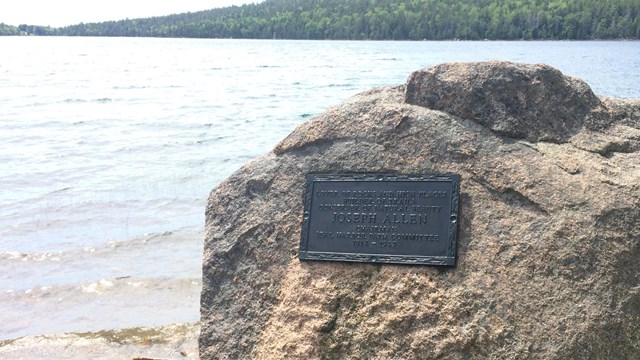
Memorials & Monuments
The park today contains a wealth of memorials that give us information into its history, establishment, and management. 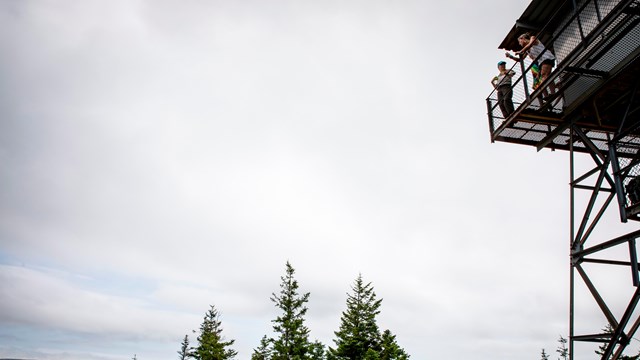
Fire Towers
Two lookouts were located on Beech Mountain and Sargent Mountain, and used for short periods of the park's history. Museum Collections & ArchivesMomentos of history are labors of love to preserve and protect. Learn more about the incredible people and objects that make up Acadia's museum collections and archives.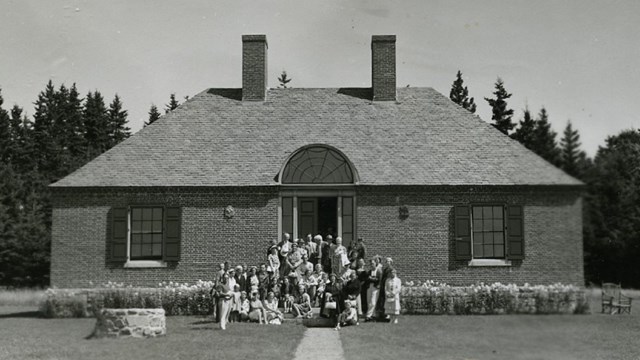
Collections
Learn about the William Otis Sawtelle Collections and Research Center, dedicated to the founder of the Islesford Historical Museum. 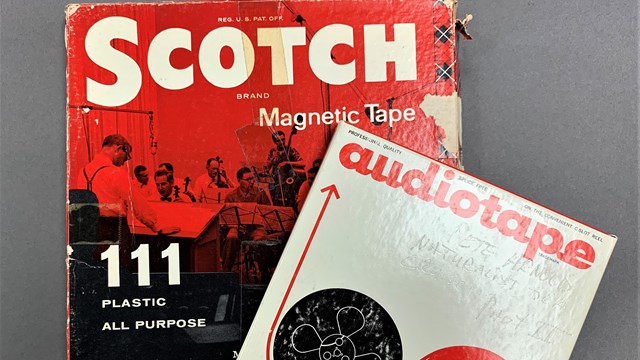
Historic Audio Files and Interviews
Songs, stories, interviews and oral histories from Acadia's past. |
Last updated: October 31, 2024
